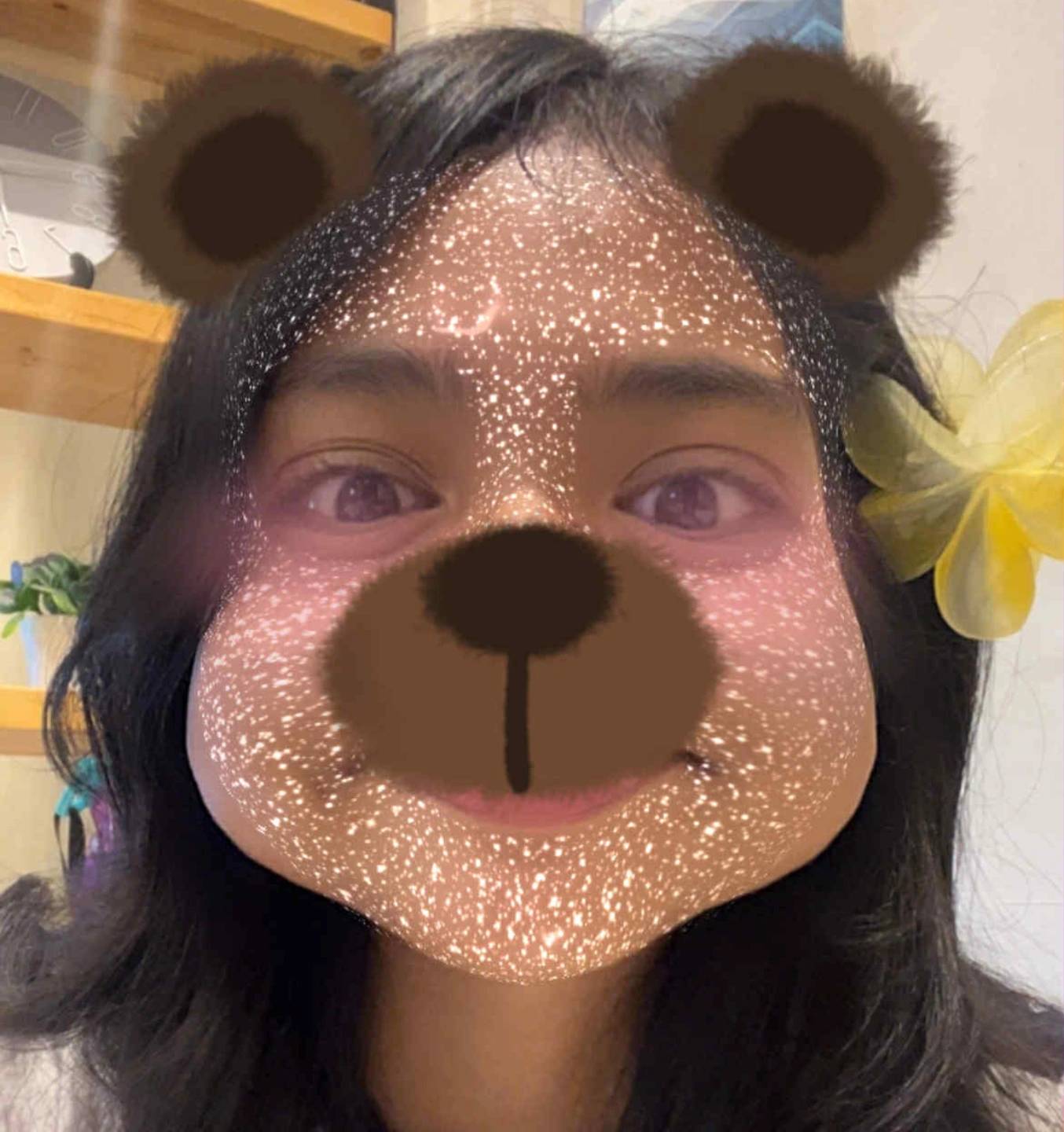M1
Cards (215)
- What is the focus of Module 1 in the Arts curriculum?
- What are the main countries discussed in the fabric design lesson of Southeast Asia?
- What is the significance of fabric designs in Southeast Asia?
- What is Thai silk produced from?
- Where is the center of the silk industry in Thailand?
- What do Thai weavers feed the caterpillars to produce silk?
- Why is Thai silk making considered one of the finest arts in the world?
- When did silk weaving in Cambodia date back to?
- What are the two main types of Cambodian weaving?
- What is the ikat technique in Cambodian weaving?
- What common motifs are found in Cambodian ikat patterns?
- How does uneven twill weaving produce fabric?
- What natural dyes are traditionally used in Cambodian textiles?
- What are some modern uses of Cambodian silk?
- What role do cotton textiles play in Cambodian culture?
- What is the traditional check scarf worn by Cambodians called?
- How are Lao stories traditionally passed down?
- What is a sihn in Lao culture?
- What do the patterns on a sihn represent?
- Where did many Vietnamese fabrics originate from?
- What are some popular Vietnamese fabric types?
- What is unique about ebony satin fabric from Vietnam?
- What is the term "batik" believed to be related to?
- What is the resist technique used in batik?
- What are the two categories of batik design?
- How have modern batik designs changed from traditional ones?
- Which Malaysian states are considered the cradle of batik?
- What are the two main types of batik produced in Malaysia?
- How is handpainted batik created?
- What is the process of blockprinted batik?
- Why do Malaysian batiks often avoid human and animal images?
- How does Malaysian batik differ from Indonesian Javanese batik?
- When was batik first recorded in Singapore?
- How is batik used in modern Singapore?
- What is unique about Brunei's traditional batik compared to others?
- What techniques are used in Brunei's batik production?
- What are the four different ways batik can be done in Brunei?
- What are the key learning objectives in the arts module?
- What is the focus of Module 1 in the Arts curriculum?
- What is the name of the festival celebrated in Thailand that involves releasing lanterns?
